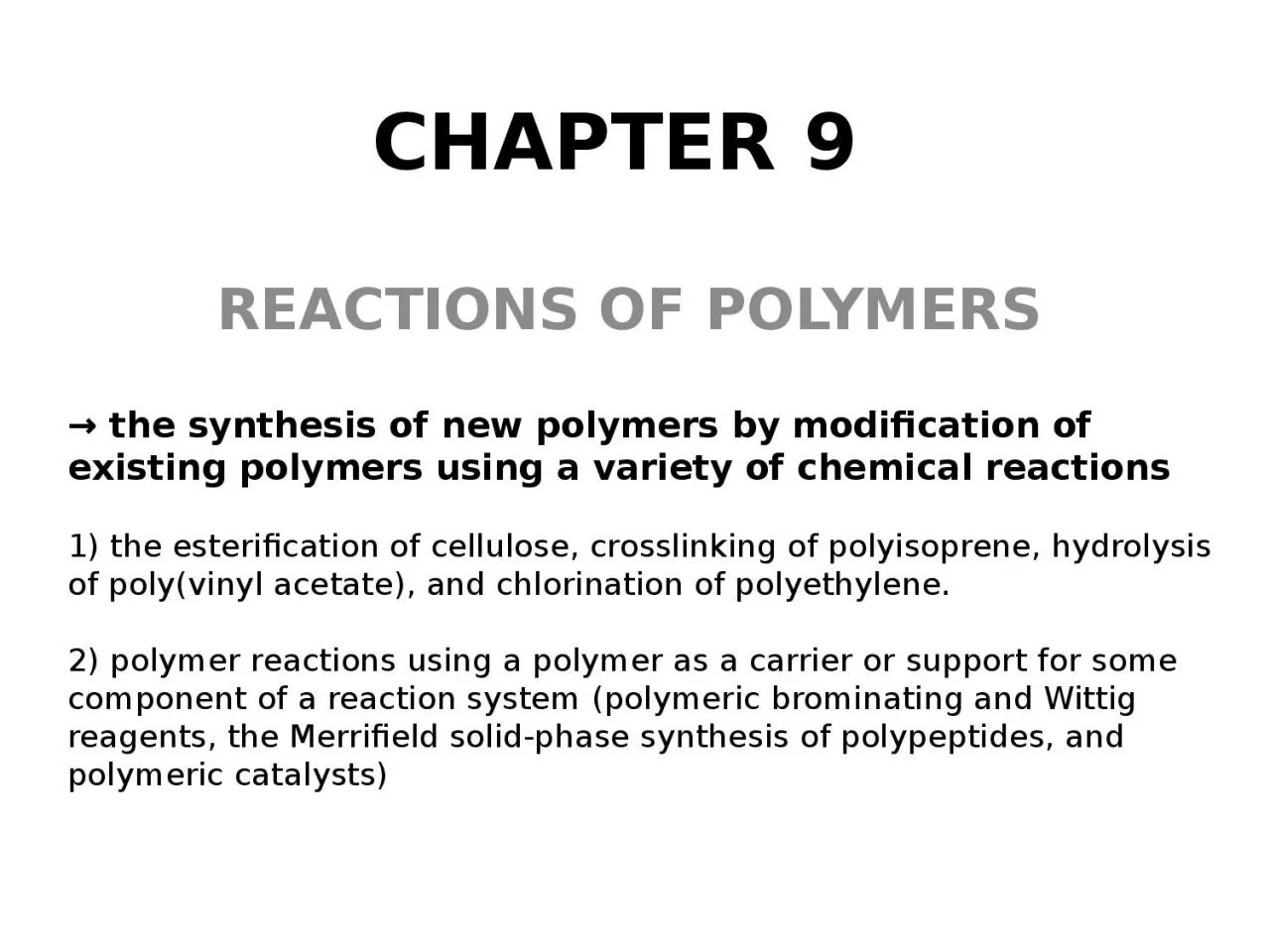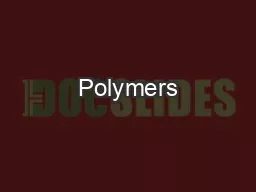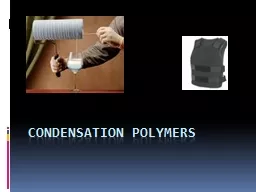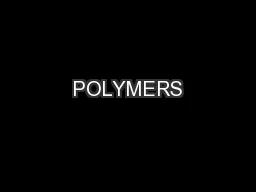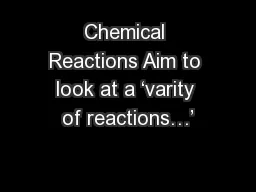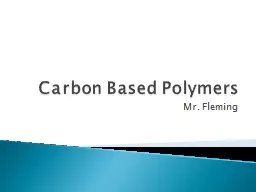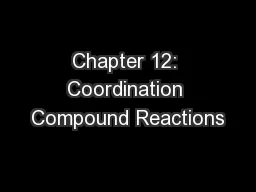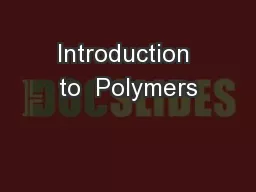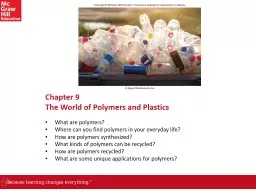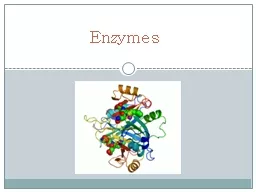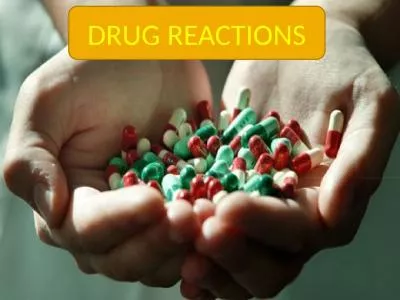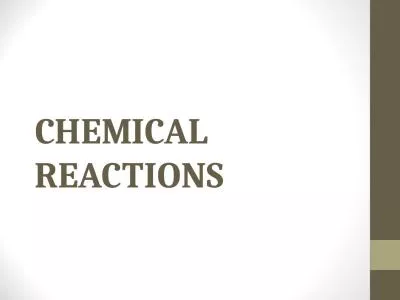PPT-CHAPTER 9 REACTIONS OF POLYMERS
Author : everly | Published Date : 2023-08-25
the synthesis of new polymers by modification of existing polymers using a variety of chemical reactions 1 the esterification of cellulose crosslinking of
Presentation Embed Code
Download Presentation
Download Presentation The PPT/PDF document "CHAPTER 9 REACTIONS OF POLYMERS" is the property of its rightful owner. Permission is granted to download and print the materials on this website for personal, non-commercial use only, and to display it on your personal computer provided you do not modify the materials and that you retain all copyright notices contained in the materials. By downloading content from our website, you accept the terms of this agreement.
CHAPTER 9 REACTIONS OF POLYMERS: Transcript
the synthesis of new polymers by modification of existing polymers using a variety of chemical reactions 1 the esterification of cellulose crosslinking of polyisoprene hydrolysis. C2: Chapter 2. Learning Objectives. To be able to . list. and . state. uses of commonly used polymers. To be able to . recall and describe. the conditions required for the production of LDPE, HDPE, thermosetting and thermosoftening polymers. Polymers. . C.X.C objectives. Students should be able to :. Define polymers. Distinguish between addition and condensation as reactions in the formation of polymers. Name examples of polymers formed by:. Condensation Polymers. Involves 2 monomers that have different functional groups.. They also involve the elimination of water or another small molecule. . Hence the term . condensation. polymer. . Monomer A + Monomer B . AND . POLYMERIZATION. By. Dr Rashid Hassan. Assistant Professor. RIHS. ISLAMABAD. 1. POLYMER. Poly = Many mer = Units. I.e. a material made up of many units.. Properly defined as:. Chemical compound composed of large organic molecules formed by the union of many repeating small monomer units.. Synthesis reactions. Decomposition reactions. Single replacement reactions. Double replacement reactions. (Precipitate reaction). Chemical Reactions can be written as:. Word equation. Chemical equation. D 15. Explain the general formation and structure of carbon-based polymers, including synthetic polymers, such as polyethylene, and biopolymers, such as carbohydrate. . Content Standard . What is a monomer and what is a polymer?. Goal is to understand reaction mechanisms. Three types of reactions: . Substitution. Redox. Ligand-Based. Primarily substitution reactions. :. M. ost substitution reactions are rapid . but some are slow. Overview. What are . polymers. ?. How are polymers named?. What is a polymer . crosslinker. ?. Polymers are all around us!. Contact lenses. Sport equipment. Clothing. polyester. Plastic. containers. Synthetic. What are polymers. ?. Where can you find polymers in your everyday life?. How are polymers synthesized?. What kinds of polymers can be recycled?. How are polymers recycled?. What are some unique applications for polymers?. In order for chemical reactions to take place, . enzymes . must be present to help . speed up . the reaction.. Chemical bonds connect atoms. to make . molecules. .. Chemical . reactions. can do two things:. Noah Brubaker. June 29. th. , 2011. Hydrocarbons. ex: Alkanes. 1 – Meth-. 2 – Eth-. 3 – Prop-. 4 – But-. 5 . – . Pent-. 6 – Hex-. 7 – . Hept. -. 8. . – Oct-. 9. . – Non-. 10 – Dec-. The . risk for development of a drug eruption is related to the following factors: age, gender, dose, and the nature of the medication itself. . Females . are . 1.3-1.5 . times more likely to develop drug eruptions, except in children under the age of 3 where boys are more likely to be affected. . 4. Redox Reactions. Oxidation-Reduction (Redox) Reactions. Redox reactions involve an electron transfer.. These reaction occur between metals and nonmetals.. Ionic reactions are redox reactions.. The name. All. chemical reactions either release or absorb energy. . The energy can take many forms: . HEAT. , . LIGHT. , . SOUND. , and . ELECTRICITY. . Chemical . bonds. are the source of this energy. .
Download Document
Here is the link to download the presentation.
"CHAPTER 9 REACTIONS OF POLYMERS"The content belongs to its owner. You may download and print it for personal use, without modification, and keep all copyright notices. By downloading, you agree to these terms.
Related Documents

